For an item to be fruitful and in this way productive – it needs to offer remarkable benefit to its clients, be completely utilitarian and simple to use, as well as satisfying to check out. An agenda for effectively putting up a computerized item for sale to the public incorporates directing statistical surveying,
recognizing the interest group, making client personas, arranging the send off, etc. However, sorting out the exercises paving the way to the send off can regularly be the most troublesome aspect of computerized item creation.
A digital product is an intangible asset or piece of media that can be sold and distributed repeatedly online without the need to replenish inventory. These products often come in the form of downloadable or streamable digital files, such as MP3s, PDFs, videos, plug-ins, and templates.
Digital products can’t be held, tasted, or touched, but everyone consumes them—from music to videos, eBooks to online courses, and more.
Many entrepreneurs build entire businesses around these intangible goods, due to their popularity and ease of distribution, or launch digital products to sell complementary to the physical items or services they offer.
Digital Transformation Is So Passé
Alas, by the end of 2019, every tech services firm was claiming to offer expertise in digital transformation. But what is transformation? Unfortunately, too many technology executives view digital transformation as akin modernizing the IT stack to move to the cloud and too many marketing executives view digital transformation as an exercise in channel marketing and customer experience delivery. Sure, these are necessary components, but they are insufficient on their own. Digital transformation goes much further, fundamentally reshaping the way you create value for your customers and drive revenue growth.
Over the past 10 years, what I found is that most firms miss the fundamental need to change their operating model to become a software-driven business; using technology to create new ways to deliver customers outcomes. Instead of producing cars, auto manufacturers switch to being a company which uses software and technology to help people get from A to B; instead of offering banking services, banks switch to being companies that use software and technology to help customers achieve their financial goals; instead of making apparel, fashion firms become technology firms aiming to help customers achieve their comfort/fashion/clothing desires.
By contrast to changing the value proposition, many companies spent the back-half of the last decade introducing then tweaking digital customer experiences which enhance the old business model. These changes typically bring a degree of perceived value from customers; but only for a short while. As customer expectations evolve, the perceived value wanes. And before too long, new digital experiences begin to look similar to each other. This is why I believe the next decade will see a more fundamental shift happening across businesses of all shapes and sizes.
Digital Products vs. Digital Experiences
As the digital maturity in companies evolves, there is a gradual shift in the way people think. They move from thinking “how can we use digital to sell more product”, to thinking “how can we use technology to reimagine the way we help deliver customer value?”
This shift in thinking allows designers, product owners, technology professionals, customer experience professionals and marketers to all come together around a singular view of what’s important to customers. When this happens, employees begin to rethink what’s possible. When you unleash this thinking inside your organization, you’ll move from designing new digital experiences to designing new digital products.

